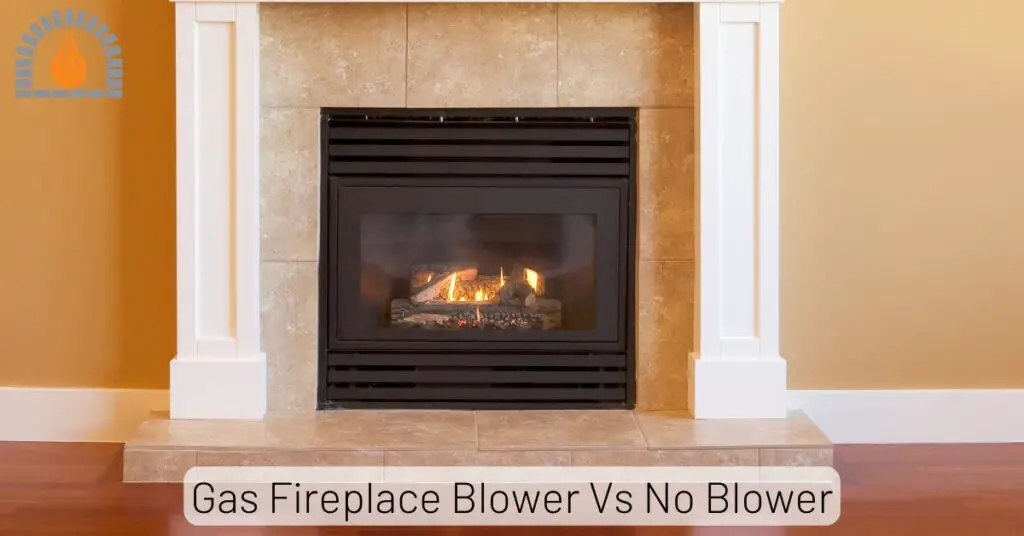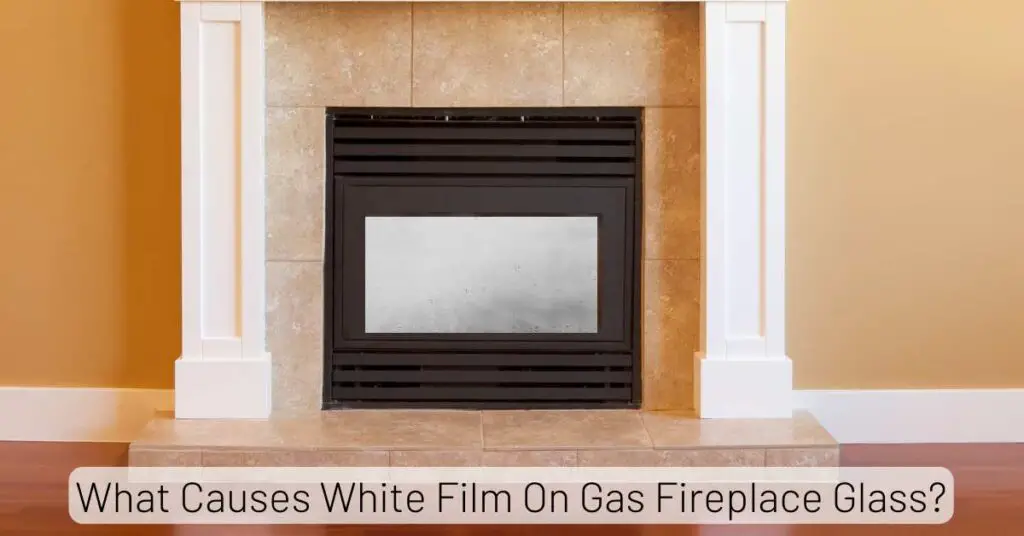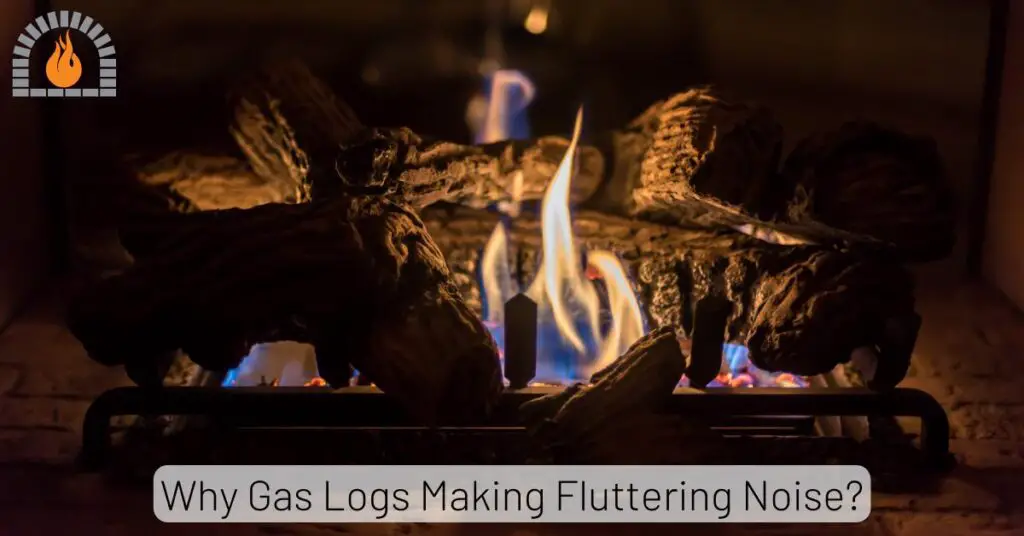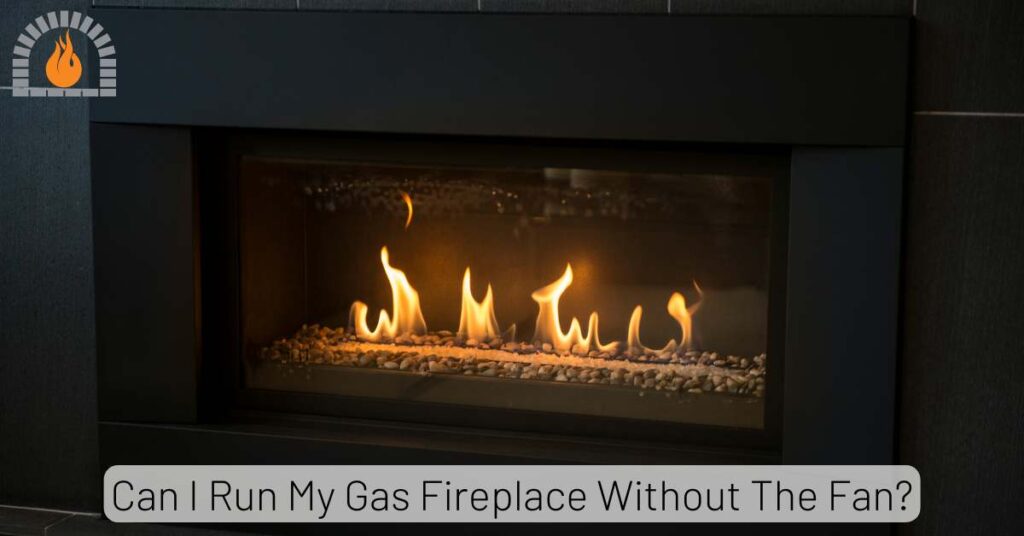Gas fireplaces offer a cozy and convenient way to heat our homes, creating a warm and inviting atmosphere. However, it can be frustrating when your gas fireplace becomes too hot, making the room uncomfortable or unsafe. So, why is my gas fireplace too hot?
Improper gas pressure and blocked or restricted air vents cause a gas fireplace to become too hot. When the gas pressure is too high, the flame intensity increases, leading to excessive heat output. Blocked or restricted air vents can disrupt the airflow in your gas fireplace, causing it to overheat.
In this article, we will explore the various reasons why your gas fireplace might be generating excessive heat and provide practical solutions to address this issue.
By understanding the causes and implementing the appropriate measures, you can enjoy a comfortable and well-regulated fire in your gas fireplace.
Why Is My Gas Fireplace Too Hot?
Following are the most common causes of gas fireplace overheating.
1. Improper Gas Pressure
Improper gas pressure is the leading cause for a gas fireplace to become too hot. When the gas pressure is too high, the flame intensity increases, leading to excessive heat output and make gas fireplace too hot.
Conversely, if the pressure is too low, the flame might burn inefficiently and produce less heat.
It is crucial to consult a professional technician who can adjust the gas pressure to the manufacturer’s recommended levels to address this issue.
This adjustment will ensure that your gas fireplace operates at the optimal heat output.
2. Damaged or Malfunctioning Thermostat
A malfunctioning thermostat can also cause your gas fireplace to become excessively hot. The gas fireplace thermostat is responsible for regulating the temperature and controlling the flame intensity.
If it is damaged or not functioning correctly, it may inaccurately detect the room temperature, resulting in the fireplace producing too much heat.
In such cases, it is advisable to have a qualified technician inspect and replace the faulty thermostat to restore proper temperature control.
3. Blocked or Restricted Air Vents
Blocked or restricted air vents can disrupt the airflow in your gas fireplace, causing it to overheat. Air vents provide a crucial source of oxygen for combustion, and any obstructions can lead to an imbalanced air-to-gas ratio.
Check for any debris, dust, or furniture blocking the vents and ensure they are clean and clear of any restrictions.
Regular maintenance and cleaning of the vents will promote proper air circulation and prevent overheating.
4. Insufficient Insulation or Sealing
Improper insulation or sealing around the gas fireplace can contribute to overheating. Inadequate insulation allows excess heat to escape into the surrounding walls or room, leading to discomfort and potentially hazardous conditions.
Ensure the fireplace is properly insulated and sealed to prevent heat from escaping. This will help maintain a consistent and comfortable temperature in the room while maximizing the fireplace’s efficiency.
5. Clogged Burner or Orifice
A clogged burner or orifice can disrupt the gas flow and affect the flame’s intensity in your gas fireplace. If the burner ports or orifices are dirty or obstructed, the flame may burn inefficiently, producing excess heat and make gas fireplace too hot.
Regular cleaning and maintenance of the burner assembly are essential to prevent clogs and ensure proper gas flow.
Consult the manufacturer’s guidelines or hire a technician to clean and maintain the burner and orifice to avoid overheating issues.
6. Incorrect Sizing of Gas Logs
Gas fireplaces often come with logs specifically designed for optimal heat distribution. Using incorrect or oversized gas logs can cause flames to engulf the logs, resulting in excessive heat output.
Ensure that you have the appropriate gas logs for your fireplace model and that they are correctly installed according to the manufacturer’s instructions. This will help regulate the flame and prevent overheating.
7. Poor Ventilation
Inadequate ventilation in the room where the gas fireplace is located can contribute to excessive heat buildup. Insufficient airflow restricts heat dissipation, causing the room temperature to rise rapidly.
To improve ventilation, consider installing ceiling fans or strategically placing fans to circulate the air effectively.
8. Heat Sensor Malfunction
Some gas fireplaces have heat sensors that adjust the flame intensity based on the room temperature. If the heat sensor malfunctions, it may fail to regulate the flame properly, leading to overheating.
Contact a technician to inspect and replace the heat sensor if necessary, ensuring your fireplace maintains a comfortable and safe temperature.
9. Incorrect Thermostat Placement
The placement of the thermostat in the room can impact the temperature detection accuracy. If your fireplace thermostat is located near a heat source, such as a window or direct sunlight, it may give inaccurate readings, causing the fireplace to produce excessive heat.
Consider relocating the thermostat to a more suitable area, away from direct heat sources, to ensure accurate temperature control.
10. Manufacturer Defects
Occasionally, your gas fireplace may experience overheating due to manufacturer defects. If you have ruled out all other possible causes and the issue persists, contact the manufacturer or a qualified technician for further investigation.
They will be able to determine if any underlying defects need to be addressed to ensure your gas fireplace’s safe and proper operation.
Read More From Our Fireplace Guide:
Dangers Associated with Overheating of Gas Fireplace
A gas fireplace that is too hot can pose several dangers. Here are some potential risks associated with an excessively hot gas fireplace:
- If the fireplace reaches extremely high temperatures, it can cause severe burns if touched accidentally.
- Nearby flammable objects, such as curtains or furniture, can catch fire if exposed to intense heat for an extended period.
- Malfunctioning gas fireplaces can produce excessive amounts of carbon monoxide (CO), a colorless and odorless gas that is highly toxic.
- An excessively hot gas fireplace can overheat the surrounding walls, ceiling, and other materials. This can weaken your home’s structural integrity and increase the risk of a fire spreading beyond the fireplace area.
- Continuous exposure to high temperatures can cause damage to the gas fireplace’s internal components, such as valves, controls, and connectors. This can lead to malfunctions, gas leaks, or other hazardous situations.
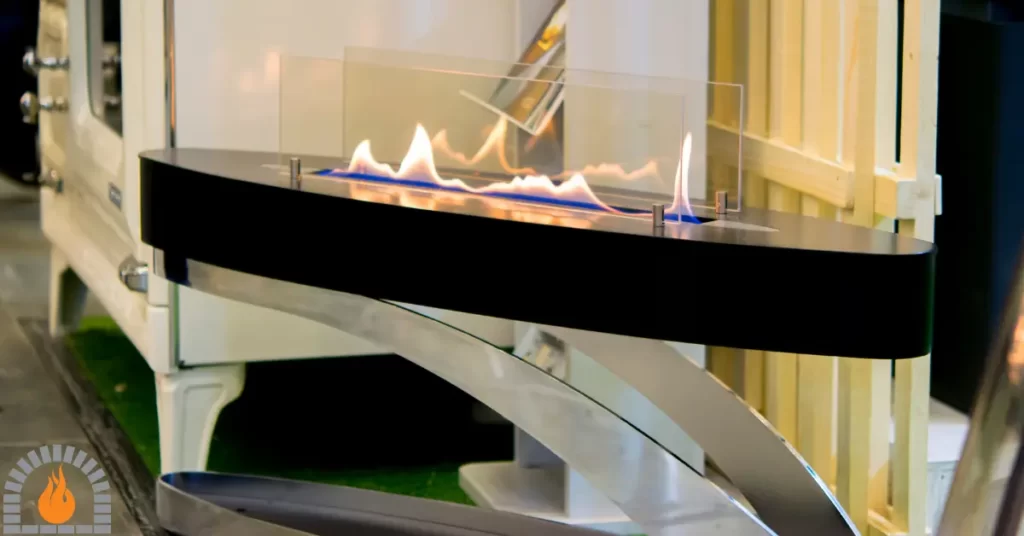
Safety Guidelines
- Schedule regular inspections and maintenance by a qualified technician to ensure the fireplace is functioning and venting properly.
- Ensure the gas fireplace is properly vented to allow the safe release of combustion byproducts, including carbon monoxide. Blocked or inadequate ventilation can result in dangerous CO levels.
- Always use the type of fuel recommended by the manufacturer, and avoid using unauthorized accessories or components that can interfere with the proper functioning of the fireplace.
- Place carbon monoxide detectors near the gas fireplace and other areas of your home to provide an early warning in case of a CO leak.
- Maintain a safe distance between the gas fireplace and any flammable materials, such as curtains, furniture, or decorations. Follow the manufacturer’s guidelines for recommended clearance distances.
My Final Thoughts
Why is my gas fireplace too hot? Excessive heat output from a gas fireplace can be inconvenient and uncomfortable, but you can regain control over the temperature by understanding the causes and implementing the appropriate solutions.
Ensure your gas fireplace is properly maintained, with regular inspections and cleanings to prevent clogs or malfunctions. Addressing issues such as improper gas pressure, damaged thermostats, blocked air vents, insufficient insulation, or incorrect log sizing will help regulate the heat output and create a cozy and comfortable ambiance in your home.
By taking proactive measures, you can enjoy your gas fireplace’s warmth and beauty without worrying about it becoming too hot.
Affiliate Disclosure: Fireplaceadviser.com is a participant in the Amazon Services LLC Associates Program. We may earn a commission when you click on certain links on this site and purchase.

Hello!! I am Jamal Khan. I often fix my home electric heaters and gas stove problems and research the common issues in the heating units to improve my knowledge and expertise. The aim of establishing fireplaceadviser.com is to share my expertise and knowledge with my audience.

